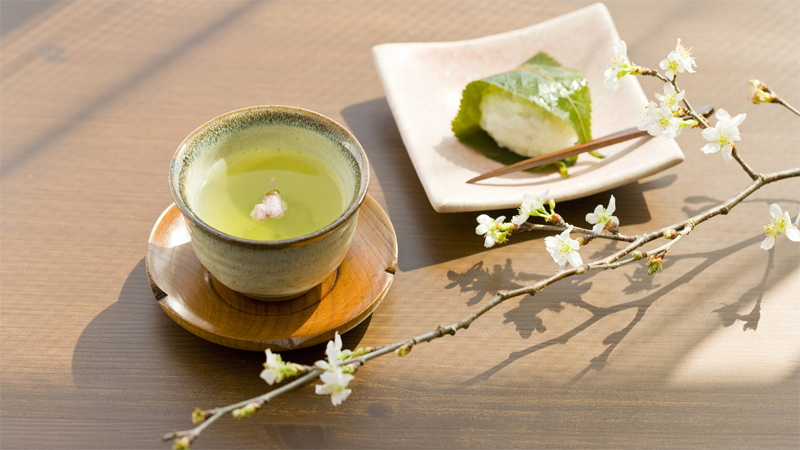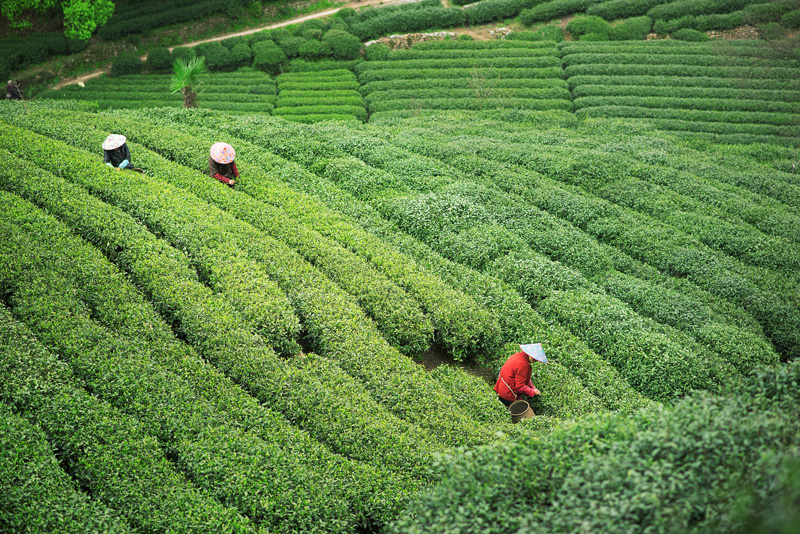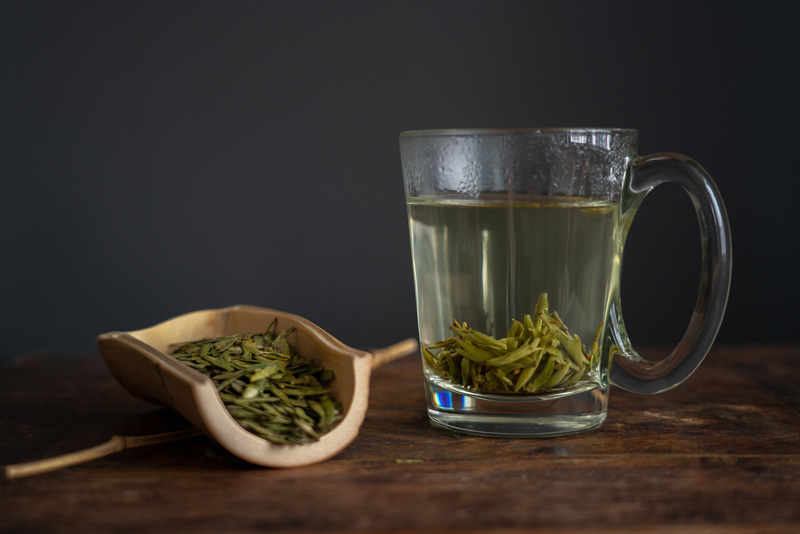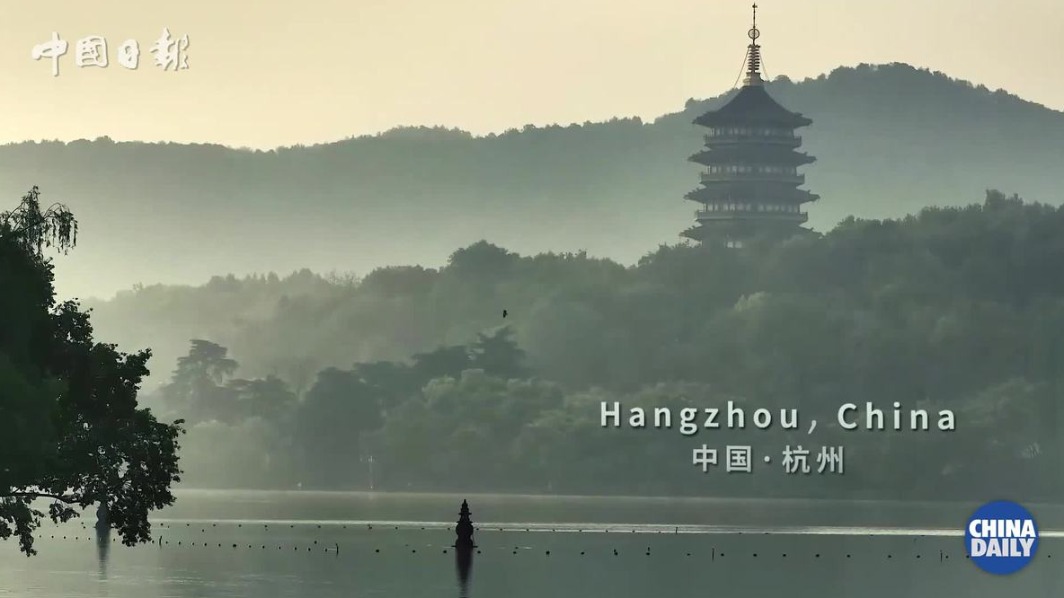travelogue: a brief introduction to longjing tea, a hangzhou specialty

longjing tea occupies a special place in the hearts and minds of chinese people. [photo/cfp]
few teas occupy such a special place in the collective hearts and minds of chinese people as the longjing variety. the tea leaves are sourced from longjing village in hangzhou, an eastern city in zhejiang province. to preserve their freshness and flavor, they are roasted or steamed immediately after picking to halt the oxidation that naturally occurs.
longjing tea contains significant amounts of polyphenols and amino acids, making it a go-to drink for the health-conscious. but beyond its health benefits, it also imparts a refreshing, subtly sweet flavor, making it a crowd-pleaser all over the world. on the international stage, longjing is one of china's most famous tea varieties, with a long history draped in legend. here are some things you might not know about longjing tea.
1. longjing was an imperial tea
during the qing dynasty (1644-1911), the kangxi emperor (1654-1722) decreed longjing tea a gong cha or "imperial tea." but he wasn't the only emperor to develop a liking for it. decades later, his grandson, the qianlong emperor (1711-1799), also came to love the drink, and there are various stories associated with his fondness for it.
according to one of the most commonly told tales, qianlong was on a visit to hangzhou when news arrived that his mother had fallen ill. he was picking tea leaves at the time and hurriedly shoved them into his sleeve before immediately setting out for beijing. when he arrived by his mother's bedside, she noticed a fragrance emanating from his clothing. qianlong remembered the leaves and had the tea brewed for her. miraculously, she recovered after drinking it. the emperor was so delighted that he ordered longjing tea to be gifted to his mother every year.

longjing was an imperial tea during the qing dynasty (1644-1911). [photo/cfp]
2. longjing tea is best picked before qingming festival
the tea leaves picked before qingming, or tomb-sweeping festival, which usually falls in early april, command a higher price than those picked afterward. the earlier they are picked, the more tender the leaves are said to be.
leaves picked between the qingming and guyu, a chinese solar term for the end of spring, are also considered fairly good. meanwhile, those collected after guyu are considered average. this belief is just one example of how strict longjing tea production is; numerous traditions dictate the value and quality of every batch of leaves.

longjing tea is best picked before qingming festival in early april. [photo/cfp]
3. longjing tea is believed to have myriad health benefits
throughout chinese history, people have turned to longjing tea to help cure or prevent a wide variety of ailments, both severe and mild. the vitamin c and polyphenols present in longjing tea leaves are believed to help promote blood circulation and inhibit conditions such as atherosclerosis. many aficionados also consume the tea for its anti-aging benefits. a cup of longjing is widely considered an ideal way to start the day, as the caffeine can give the nervous system a jolt.

in china, one can say that a cup of longjing a day keeps the doctor away. [photo/cfp]
-
'nice' to meet you, hangzhou
may 6, 2024

